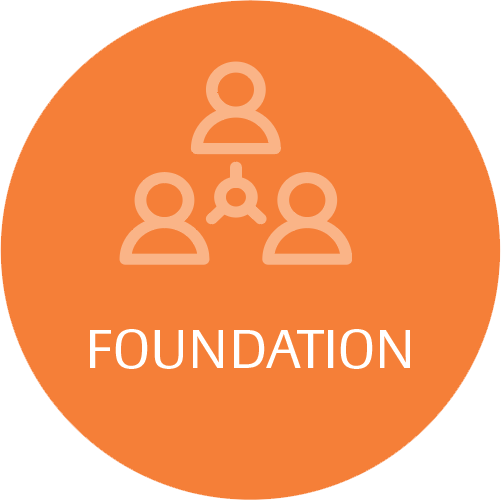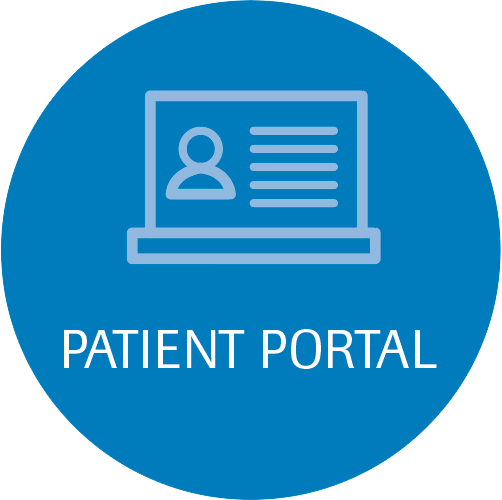What is an Arthrogram and what does it do?
An arthrogram is a series of images, often X-rays, of a joint after injection of a contrast medium. The injection is normally done under a local anesthetic.The radiologist performs the study utilizing fluoroscopy or ultrasound to guide the placement of the needle into the joint and then injects an appropriate quantity of contrast. This allows your doctor to see the soft tissue structures of your joint, such as tendons, ligaments, muscles, cartilage, and your joint capsule. These structures are not seen on a plain X-ray without contrast material.
This test can be done on your hip, knee, ankle, shoulder, elbow or wrist. An arthrogram is used to check a joint to find out what is causing your symptoms or problem with your joint. An arthrogram may be more useful than a regular X-ray because it shows the surface of soft tissues lining the joint as well as the joint bones. A regular X-ray only shows the bones of the joint.
Other tests, such as magnetic resonance imaging (MRI) and computed tomography (CT), give different information about a joint. They may be used with an arthrogram or when an arthrogram does not give a clear picture of the joint.
Why is it done?
- Find problems in your joint capsule, ligaments, cartilage (including tears, degeneration, or disease), and the bones in the joint. In your shoulder, it may be used to help find rotator cuff tears or a frozen shoulder.
- Find abnormal growths or fluid-filled cysts.
- Confirm that a needle has been placed correctly in your joint before joint fluid analysis, a test in which a sample of joint fluid is removed with a thin needle.
- Check needle placement before a painkilling injection, such as a corticosteroid injection.
Who performs the test?
The examination is performed by a doctor specially trained in Radiology (Radiologist) and a licensed Radiologic Technologist RT (R).
Where does it take place?
At Jackson Hospital in the Radiology Department.
How long does it take?
Approximately 30 minutes for the Arthrogram.
If you are having an MRI after your Arthrogram, the MRI takes about 30 minutes to an hour.
What can I do to make it a success?
- Bring your orders with you when you come for your x-ray.
- If you are pregnant, please let your physician know BEFORE you come to hospital for your study.
- Be sure to follow any preparation instructions you were given.
- It is recommended that you wear loose, comfortable clothing for the exam. You will need to remove any metallic objects that may be in the path of the x-ray beam (belts, zippers, piercings, etc). To reduce the risk of valuables being lost, it is recommended that they be removed prior to entering the exam room or simply left at home.
We highly recommend that you have a relative or friend accompany you to drive you home after your procedure.
What should I do before the exam?
We need a recent Creatinine (within 30 days) if you are 50 years of age or older. This is a lab draw and can be done prior to your study.
Our x-ray I.V. contrast contains iodine. If you are allergic to iodine, contact your physician. Your exam may need to be changed.
What happens during the exam?
- First, the technologist will explain the exam and may ask you historical questions that aid in obtaining a more diagnostic exam. You will be asked to sign consent for prior to your procedure.
- You may be asked to change into a hospital gown.
- You will be asked to lie on a padded exam table (usually on your back). The doctor will speak to you prior to your study and answer any questions you might have.
- The skin over your joint is cleaned with a special soap and draped with sterile towels. A local anesthetic is used to numb the skin and tissues over the joint.
- A needle is put into your joint area. Joint fluid may be removed so that more contrast material (such as dye or air) can be put into the joint. A sample of joint fluid may be sent to a lab to be looked at under a microscope. The fluoroscope shows that the needle is placed correctly in your joint. The dye is then put through the needle into your joint. The needle is then removed.
- You may be asked to move your joint around to help the dye spread inside your joint. Pictures from the fluoroscope show if the dye has filled your entire joint. Hold as still as possible while the X-rays are being taken unless your doctor tells you to move your joint through its entire range of motion.
- If you are having an MRI after your arthrogram, the MRI tech will come get you and take you to the MRI department.
What should I do after the exam?
We highly recommend that you have a relative or friend accompany you to drive you home after your procedure.
Discharge instructions will be given to you after your exam.
After the arthrogram, rest your joint for about 12 hours. Do not do any strenuous activity for 1 to 2 days. Use ice for any swelling and use pain medicine for any pain. If a bandage or wrap is put on your joint following an arthrogram, you will be told how long to use it.
The radiologist will review your image(s) and a final report will go to your ordering physician in 24-48 hours.
Contact Information:
Hospital (main operator): (850) 526-2200
Radiology Department: (850) 718-2580
MRI Department: (850) 718-2589





